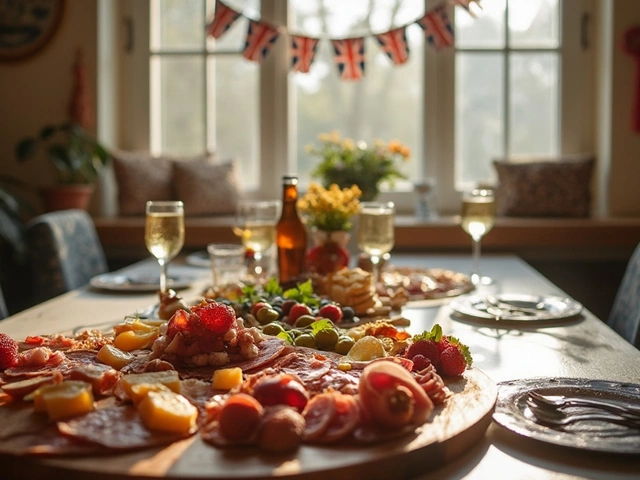Budweizer: History, Tasting Tips & Top Pairings
If you’ve ever grabbed a cold Budweiser at a barbecue or a sports game, you already know it’s more than just a beer – it’s a cultural staple. But how much do you really know about the brew behind the famous red label? Let’s break down where Budweiser comes from, how to taste it properly, and what foods make it shine.
Where Budweiser Started and Why It Matters
Budweiser was launched in 1876 by Adolphus Busch in St. Louis, Missouri. The goal was simple: create a lager that tasted the same in every city, just like a German pilsner. Using a combination of barley malt, rice, and a special yeast strain, Busch nailed a light, crisp profile that could survive long trips on railcars. That consistency turned Budweiser into the “King of Beers” and helped it spread worldwide.
Knowing this backstory helps you appreciate the beer’s clean finish. It isn’t a craft ale with wild hops; it’s designed for easy drinking, balanced flavors, and a soft mouthfeel. When you sip, you’ll notice a subtle grain sweetness followed by a faint hop bitterness that never overwhelms.
How to Taste Budweiser Like a Pro
Most people just pop the top and go. But taking a moment to taste can reveal details you might miss. Start by looking at the color – a pale gold with a clear sparkle. Swirl it gently in the glass; you’ll see a thin, steady head that lingers for a few seconds.
Bring the glass to your nose. You’ll catch a faint grain aroma mixed with a hint of corn, thanks to the rice adjunct. The scent isn’t heavy, which is why it works well with food that has strong flavors.
Take a small sip and let it coat your palate. Notice the light body, mild sweetness, and how the carbonation lifts the flavors. The finish is short and clean – perfect for drinking several in one sitting without feeling weighed down.
Pro tip: serve Budweiser at 38‑40°F (3‑4°C). Anything colder dulls the subtle flavors, and anything warmer brings out a flat taste.
Best Foods to Pair with Budweiser
Because Budweiser is light and refreshing, it pairs best with bold, salty, or spicy dishes that can stand up to its carbonation. Think classic American fare: juicy burgers, hot dogs, and fried chicken. The beer’s crispness cuts through the fat, cleaning the palate for the next bite.
If you’re into snacks, try it with pretzels, nachos loaded with cheese, or spicy wings. The moderate bitterness balances the heat, making the spice feel less aggressive.
For a twist, pair Budweiser with grilled seafood like shrimp or fish tacos. The light malt character doesn’t mask the delicate flavors, and the carbonation keeps the fish from feeling oily.
When dessert comes around, a simple vanilla ice cream sundae works surprisingly well. The cold, creamy texture mirrors the beer’s chill, while the vanilla adds a sweet contrast to the dry finish.
Finally, remember that Budweiser shines in social settings. Its easy-drinking nature makes it a safe choice for gatherings where you want a consistent, crowd‑pleasing brew without the complexities of craft beers.
So next time you reach for a Budweiser, think about its heritage, taste it mindfully, and match it with the right bites. You’ll get more out of that red‑label bottle and maybe even impress a few friends with your newfound know‑how.
Many people wonder if Yuengling, America's oldest brewery, is owned by Budweiser. This article uncovers the ownership details and explores the fascinating world of these two brewing giants. From the history of Yuengling to the modern-day landscape of beer giants, you'll learn intriguing facts and insights. Find out why ownership matters so much to beer enthusiasts, especially during the vibrant celebrations at beer festivals.
View Details

